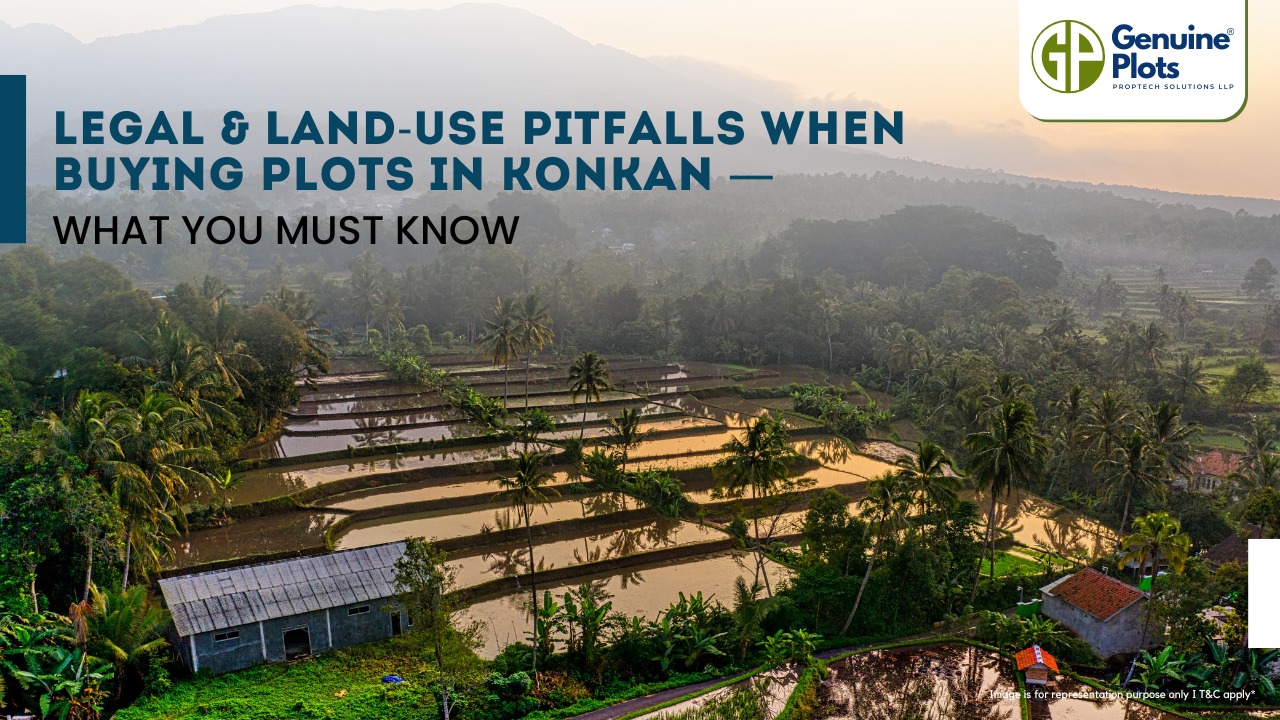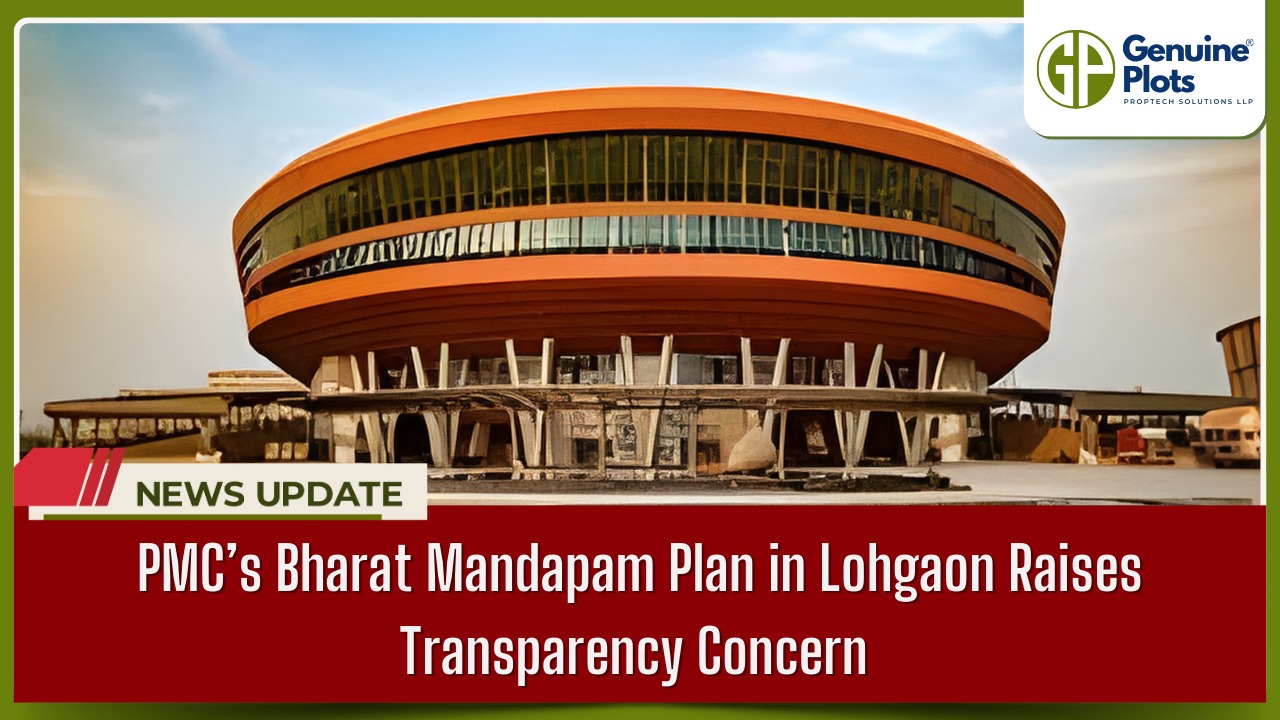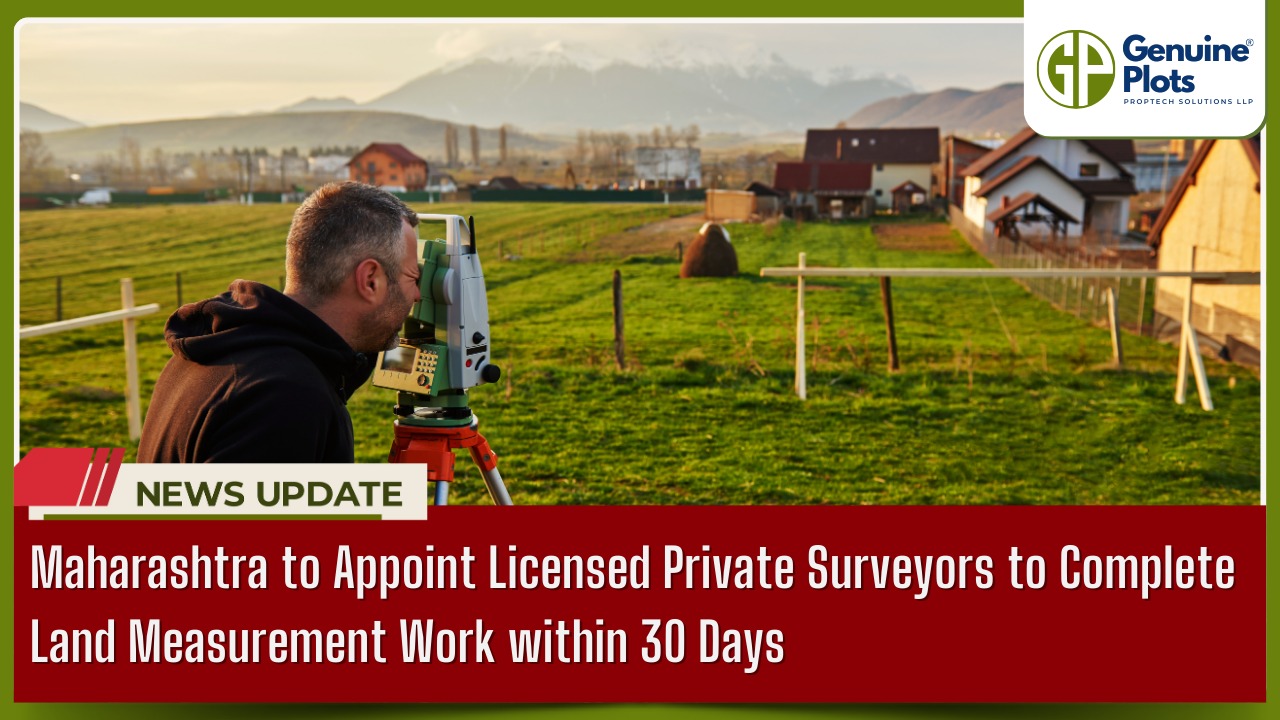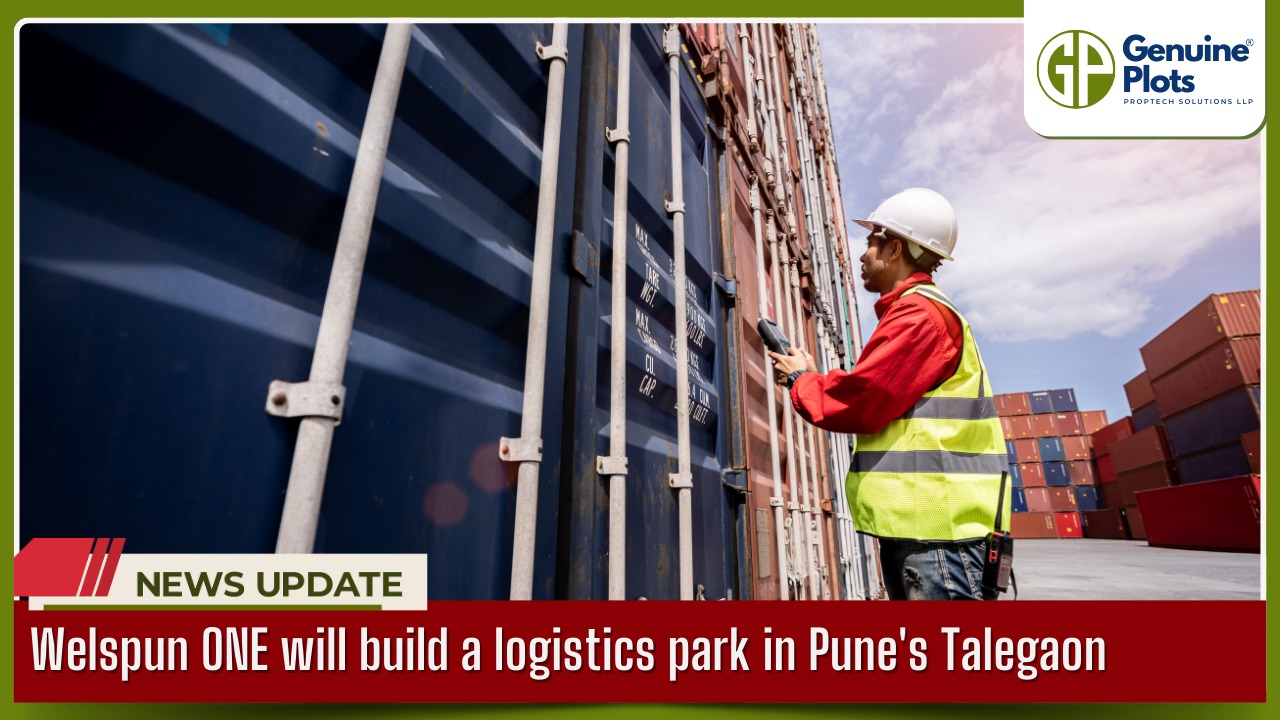Prev Post
Hidden Opportunities in India’s Farmland MarketLegal & Land-Use Pitfalls When Buying Plots in Konkan — What You Must Know
Buying land in the Konkan region sounds like a dream — peaceful beaches, green hills, and a slower pace of life. But before you invest, it’s important to understand the legal and land-use challenges that come with Konkan plots.
Many buyers from cities like Mumbai and Pune jump in too quickly, only to face delays, disputes, or restrictions later. This guide helps you spot common pitfalls and make safe, informed decisions.
1. Agricultural vs. Non-Agricultural (NA) Land Confusion
- Most land in Konkan is agricultural by default.
- Only farmers can buy agricultural land directly — non-farmers need to buy NA (Non-Agricultural) land.
- Many plots are sold as “proposed NA” — meaning the conversion isn’t done yet.
- Without proper NA approval, you cannot legally build a house or commercial structure.
Tip: Always check the 7/12 extract and NA order from the local revenue office before buying.
2. Title and Ownership Issues
- Konkan land often passes through generations without clear documentation.
- Some plots are jointly owned by families, with no single clear titleholder.
- Disputes can arise if a seller doesn’t have full rights to the land.
Tip: Hire a property lawyer to do a title search for at least 30 years of ownership history. Ensure there are no encumbrances or pending disputes.
3. CRZ (Coastal Regulation Zone) Restrictions
- Many parts of Konkan fall under the CRZ rules, which restrict construction near the coast.
- Depending on the zone (CRZ I, II, III, IV), you may not be allowed to build within 200–500 meters of the high-tide line.
- Violating CRZ rules can lead to demolition notices or legal action.
Tip: Get the exact location surveyed to confirm it’s outside restricted CRZ zones before buying any “sea-view” or “beach-touch” property.
4. Access & Infrastructure Challenges
- Some plots are advertised as “road-touch,” but in reality, the access roads may be private or disputed.
- Without proper access, even a valid NA plot becomes useless for development.
- Also check water, electricity, and drainage connections — many rural plots lack basic infrastructure.
Tip: Confirm there’s a public access road to your plot and a right-of-way recorded in government maps.
5. Layout & Subdivision Approvals
- Developers often sell small plots carved from larger agricultural land.
- Each layout must have Town Planning (TP) approval and follow the Maharashtra Regional and Town Planning (MRTP) Act rules.
- Unapproved layouts can be marked as illegal, blocking registration or construction later.
Tip: Ask for the layout approval copy and survey number details from the local collector’s office before booking.
6. Price Traps & Overvaluation
- With rising demand from city buyers, some sellers quote inflated prices.
- Remote plots with limited infrastructure are often priced like prime land.
- Always compare with government ready-reckoner (RR) rates and nearby sale deeds.
Tip: Don’t rush to buy just because of “sea view” or “future tourism zone” promises — check the actual market value and resale demand.
7. Documentation You Must Verify
Here’s a simple checklist before buying a plot in Konkan:
- 7/12 Extract and Mutation Entries
- NA Order (if applicable)
- Title Search Report (30 years minimum)
- Encumbrance Certificate
- Layout / TP Approval
- Sale Deed Draft
- CRZ Clearance (if near coast)
- Access Road and Survey Map
Bonus Tip: Always register the sale deed and get the property mutated in your name right after purchase.
Final Thoughts
Konkan land is beautiful and full of potential — whether for a farmhouse, homestay, or long-term investment. But it’s also full of hidden legal and regulatory traps that can turn your dream into stress.







